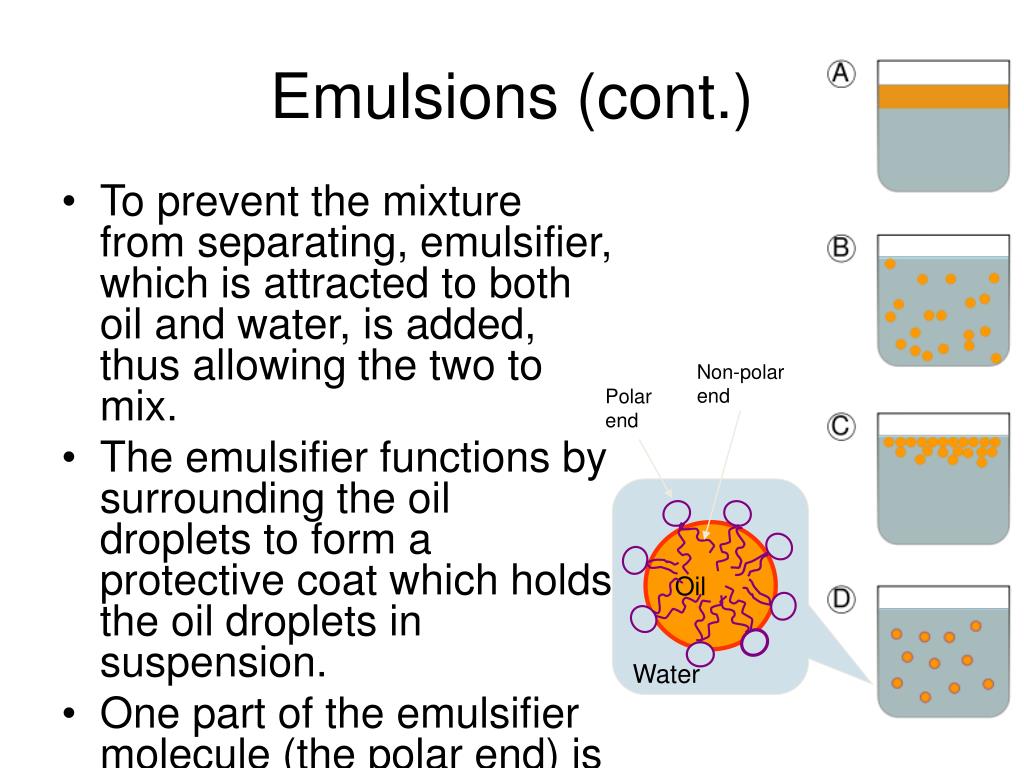

However, it was only at the beginning of the twentieth century that the constitution of such solutions was scientifically studied. The ability of a soapy solution to act as a detergent has been recognized for centuries. The process of forming micelles is known as micellisation and forms part of the phase behaviour of many lipids according to their polymorphism. The shape and size of a micelle are a function of the molecular geometry of its surfactant molecules and solution conditions such as surfactant concentration, temperature, pH, and ionic strength. Other phases, including shapes such as ellipsoids, cylinders, and bilayers, are also possible. Micelles are approximately spherical in shape. Inverse micelles have the head groups at the centre with the tails extending out (water-in-oil micelle).

This type of micelle is known as a normal-phase micelle (oil-in-water micelle). The difficulty filling all the volume of the interior of a bilayer, while accommodating the area per head group forced on the molecule by the hydration of the lipid head group, leads to the formation of the micelle. This phase is caused by the packing behavior of single-tail lipids in a bilayer. A typical micelle in water forms an aggregate with the hydrophilic "head" regions in contact with surrounding solvent, sequestering the hydrophobic single-tail regions in the micelle centre. Ĭross-section view of the structures that can be formed by phospholipids in aqueous solutions (unlike this illustration, micelles are usually formed by single-chain lipids, since it is difficult to fit two chains into this shape) Scheme of a micelle formed by phospholipids in an aqueous solutionĪ micelle ( / m aɪ ˈ s ɛ l/) or micella ( / m aɪ ˈ s ɛ l ə/) (plural micelles or micellae, respectively) is an aggregate (or supramolecular assembly) of surfactant amphipathic lipid molecules dispersed in a liquid, forming a colloidal suspension (also known as associated colloidal system ). Therefore, micelle formation and stability are concentration-dependent.

Polymeric micelles have a much lower critical micellar concentration (CMC) than soap (0.0001 to 0.001 mol/L) or surfactant micelles, but are nevertheless at equilibrium with isolated macromolecules called unimers. Organized auto-assembly formed in a liquid and composed of amphiphilic macromolecules, in general amphiphilic di- or tri-block copolymers made of solvophilic and solvophobic blocks.Īn amphiphilic behavior can be observed for water and an organic solvent or between two organic solvents. Particle of colloidal dimensions that exists in equilibrium with the molecules or ions in solution from which it is formed. Group of fatty molecules suspended in liquid by soaps and/or detergents Micelle IUPAC definition


 0 kommentar(er)
0 kommentar(er)
